Will Laser Hair Removal Work on Ingrown Hairs?
Ingrown hairs occur when hair grows back into the skin instead of rising up from it. This can happen after shaving, waxing, or tweezing, where the hair is cut or broken off unevenly with a sharp tip. As the hair starts to grow back, it can curl back or grow sideways into the skin, leading to inflammation, hyperpigmentation, and the characteristic red, raised bump known as an ingrown hair.
grows back into the skin instead of rising up from it. This can happen after shaving, waxing, or tweezing, where the hair is cut or broken off unevenly with a sharp tip. As the hair starts to grow back, it can curl back or grow sideways into the skin, leading to inflammation, hyperpigmentation, and the characteristic red, raised bump known as an ingrown hair.
Behaviors that Increase the Likelihood of Ingrown Hairs
Several factors can increase the likelihood of developing ingrown hairs:
- Hair Removal Methods: Shaving, waxing, and tweezing can all contribute to the development of ingrown hairs. Shaving, in particular, can leave sharp edges on hair that make it easier for hair to re-enter the skin.
- Hair Type: People with curly or coarse hair are more prone to ingrown hairs because the natural shape of their hair makes it more likely to bend back into the skin.
- Skin Type: Dry skin and dead skin cells can clog hair follicles, forcing hair to grow sideways.
- Tight Clothing: Wearing tight clothing can cause friction against the skin, pushing hair back into the follicle.
How Laser Hair Removal Works
Laser hair removal targets the hair follicle with concentrated light energy. The laser’s light is absorbed by the melanin in the hair, which damages the follicle and inhibits future hair growth. This process not only removes existing hair but also prevents new hair from growing, effectively reducing the occurrence of ingrown hairs.
Benefits of Laser Hair Removal for Ingrown Hairs
- Prevents Ingrown Hairs: By targeting the hair follicle, laser hair removal prevents hair from growing back and curling into the skin.
- Reduces Inflammation: With fewer ingrown hairs, you experience less irritation and redness, leading to smoother, healthier skin.
- Long-Lasting Results: Unlike shaving or waxing, laser hair removal offers long-term results, reducing the need for frequent hair removal and minimizing the risk of ingrown hairs.
What to Expect During Laser Hair Removal Treatment
- Consultation: Your first step is a consultation with a professional to assess your skin type, hair type, and discuss your goals and medical history.
- Preparation: You’ll need to shave the treatment area 24 hours before your session. Avoid sun exposure, tanning products, and certain skincare products.
- Treatment Sessions: During the session, a laser device is used to target hair follicles. A cooling mechanism is often applied to minimize discomfort.
- Post-Treatment Care: You may experience redness and swelling, which typically subsides within a few hours. Follow the aftercare instructions provided by your technician.
How Many Sessions Are Needed?
Most people require a series of at least six treatments for optimal results. Each session generally leads to about a 20% reduction in hair growth in the treated area. The number of sessions needed can vary based on factors such as hair type, skin color, and the treatment area.
Alternative Treatments for Ingrown Hairs
If laser hair removal isn’t suitable for you, other methods can temporarily address ingrown hairs:
- Dermaplaning: Removes dead skin cells and peach fuzz with a sterile surgical scalpel.
- Waxing: Pulls hair out from the root, providing smooth skin for a few weeks.
- Threading: Uses twisted threads to pluck hair at the follicle level.
- Topical Hair Removal Creams: Dissolve hair at the surface but may cause sensitivity.
- Epilation: Epilators pull out multiple hairs, providing longer-lasting results than shaving.
Final Thoughts
Ingrown hairs are a common and frustrating problem, but laser hair removal offers a long-term solution. By targeting hair follicles and preventing hair from growing back, laser hair removal can help you achieve smooth, irritation-free skin. If you’re tired of dealing with ingrown hairs, consider scheduling a consultation at Laser Affair to explore how laser hair removal can benefit you. Say goodbye to the constant cycle of shaving, waxing, and tweezing, and hello to smoother, healthier skin.
